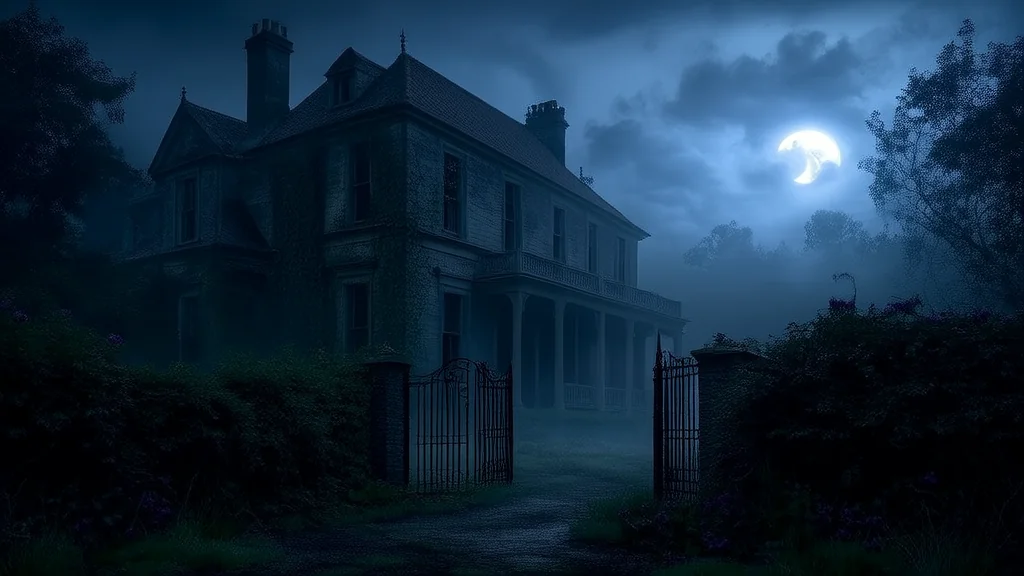🔮 Weird Tales & Urban Legends
The Whispering Mansion and the Artist Who Never Returned

The old mansion on the edge of town had always been a place of whispered stories. No one knew exactly when it was built, but the locals spoke of it as if it had simply grown from the earth like a twisted tree. It stood alone, its windows dark and unblinking, its iron gate rusted shut. Most people avoided it, not out of fear, but because the air around it felt different—thicker, quieter, as though time itself had slowed to a crawl.
One summer afternoon, a young artist named Elara found herself drawn to the mansion. She had heard the tales, of course—how the house had once belonged to a reclusive inventor who disappeared without a trace, how strange lights flickered in the upper windows at night, and how anyone who entered never returned the same. But she wasn't afraid. She was curious. The house had an energy that called to her, a strange beauty that made her heart beat just a little faster.
She approached the gate, which creaked open as if expecting her. The path to the front door was lined with tall, crooked trees whose branches seemed to reach toward her like skeletal fingers. The air smelled of damp wood and something else—something old, like forgotten memories.
Inside, the mansion was frozen in time. Dust motes floated in the shafts of light that came through cracked stained glass, casting colored shadows across the floor. The walls were lined with portraits, their eyes following her as she moved. The furniture was all there, untouched, as if the people who lived there had simply vanished. A grand piano sat in the parlor, its keys yellowed and cracked, yet still perfectly arranged as if someone had just played it.
Elara wandered through the rooms, sketching in her notebook, trying to capture the essence of the place. She noticed that certain objects seemed to shift when she wasn’t looking—books rearranged themselves on shelves, a chandelier swayed slightly even though there was no wind. She didn’t think much of it at first, assuming it was just her imagination playing tricks.
But then she found the hidden room. It was behind a bookcase in the library, accessible only by pressing on a specific volume. Inside, the walls were covered in drawings—sketches of the mansion, but not as it was now. These were older, different. Some showed the house as it might have looked in the 19th century, others as if it had grown into something monstrous, with spiraling towers and impossible corridors. In the center of the room stood a mirror, framed in silver and black, its surface rippling like water.
As she stepped closer, the reflection didn’t match her movements. Her image tilted its head, smiled, and said, “You shouldn’t have come here.” The voice was hers, but deeper, colder. She stumbled back, breathless, and the mirror went still again.
That night, she tried to leave, but the front door was locked. The windows wouldn’t open. The house seemed to breathe around her, its walls pulsing faintly. She heard whispers in the halls, voices speaking in a language she almost understood. When she finally managed to escape, the mansion was gone. Not destroyed, not moved—just gone, as if it had never existed.
But when she returned to the town, she found that everyone had forgotten the house. No one remembered the mansion on the edge of town. Even the map had it erased. Yet in her sketches, the house remained, perfect and real, as if it had never left her.
And sometimes, in the quiet moments between dreams, she would hear the mirror whisper again: “You should have stayed.”
Published on en
🔗
Related Sites
- AI Blog — AI trends and tech news